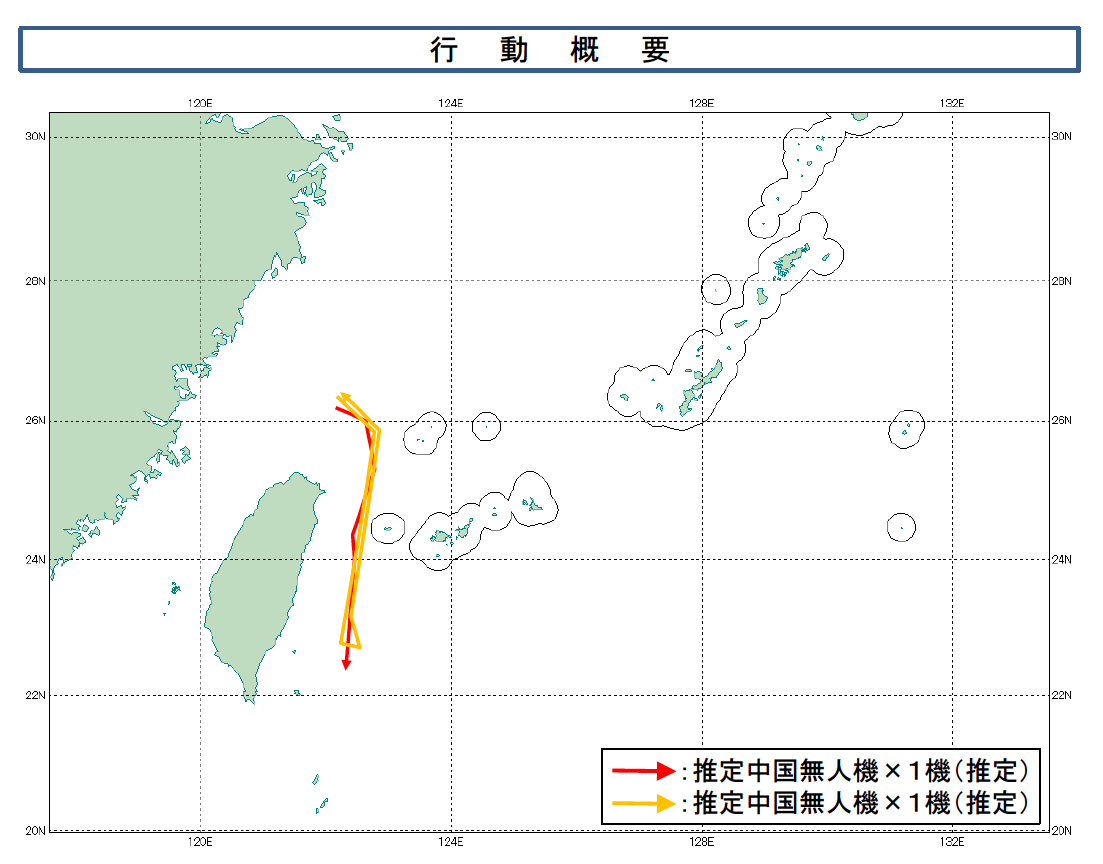The U.S. Navy’s Carl Vinson Carrier Strike Group entered the South China Sea on Wednesday. Meanwhile, Chinese reconnaissance flights as Taiwan conducts annual counter-invasion drills.
USS Carl Vinson (CVN-70), embarked Carrier Air Wing (CVW) 2, cruiser USS Princeton (CG-59) and destroyer USS Sterett (DDG-104) transited the Malacca Strait on Wednesday local time accompanied by fleet oiler USNS Guadalupe (T-AO-200), according to AIS vessel tracking data.
The strike group and Guadalupe then sailed through the Singapore Strait, entering the South China Sea, the data showed. Japan Maritime Self-Defense Force (JMSDF) destroyer JS Asahi (DD-119) was also seen near the CSG in the Malacca Strait. It is unclear if Asahi, which is returning to Japan following an anti-piracy deployment to the Middle East, was sailing with the CSG. The ship movements coincide with Japan’s joint staff office detailing Chinese flights suspected of attempting to gather information about Taiwan’s Han Kuang military exercise and readiness drills. The annual exercise is meant to prepare Taiwan to counter an invasion by China.
A suspected Chinese unmanned aerial vehicle passed between Japan’s Yonaguni Island and Taiwan to reach the Philippine Sea on Tuesday, according to Japan’s joint staff. That same day, a Chinese Y-9 Electronic Intelligence (ELINT) aircraft flew from the East China Sea between Miyako Island and Okinawa to enter the Philippine Sea. The aircraft flew a circuit flight before returning to the East China Sea.
In response to both flights, fighter aircraft from the Japan Air Self-Defense Force (JASDF) Southwest Air Defense Command were launched to monitor the suspect aircraft.
On Wednesday, two presumed Chinese UAV flew from the East China Sea. One passed between Yonaguni Island and Taiwan to enter the Philippine Sea, with Japan tracking the UAV flight to a point east of the southern tip of Taiwan. The second UAV passed between Yonaguni Island and Taiwan to enter the Philippine Sea before returning to the East China Sea. Additional JASDF fighter aircraft of the Southwest Air Defense Command were launched in response.
Chinese surveillance aircraft and UAV routinely transit the international air spaces around Japan’s southwest region to conduct reconnaissance missions, with the bulk of it directed towards Taiwan.

Taiwan’s Ministry of National Defense on Thursday reported that in a 24-hour period 58 People’s Liberation Army aircraft, nine People’s Liberation Army Navy (PLAN) ships and one China Coast Guard ship were operating around Taiwan. In that same time frame, from 6 a.m. Wednesday to 6 a.m. Thursday, 45 out of 58 sorties crossed the median line and entered Taiwan’s northern, central, southwestern and eastern Air Defense Identification Zone (ADIZ).
It is unclear how long the Carl Vinson CGS will be in the South China Sea or if it will make any port visits. The CSG is due to return home to Naval Base San Diego, Calif. Vinson departed Nov. 18 for a scheduled Indo-Pacific deployment, the CSG has been deployed for 241 days as of Thursday. The group recently left the Middle East after conducting operations for three months in the U.S. Central Command.

